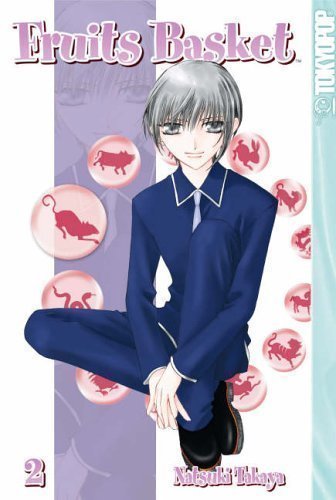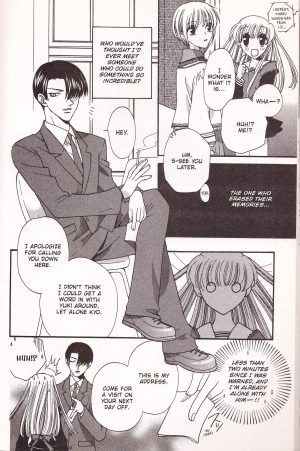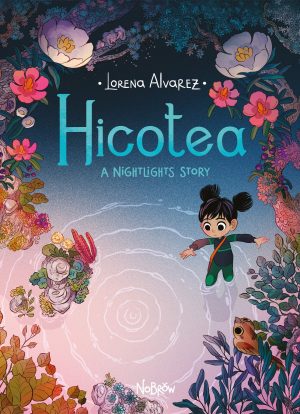Review by Ian Keogh
How much do you know about the Chinese Zodiac system? Like the Western system it’s partitioned into twelve segments, but in the Chinese form each is named after an animal, and everyone is born in a year allocated to that animal within a repeated twelve year cycle. In Fruits Basket the Sohma family have been for centuries been cursed, meaning every generation one of them transforms into each of the animals of the Chinese Zodiac when hugged by a woman, which is a pretty random handicap. Accept it as the whimsical cost of what’s otherwise a notable comedy drama, with Tohru Honda sharing a house with three Sohma men, two of which, the constantly battling Kyo and Yuki, also attend her high school. Their characters are informed by the animal they transform into, into Kyo’s case a cat, and in Yuki’s a rat. There is no cat in the Chinese Zodiac, but there is an explanation.
Having introduced her set-up in Fruits Basket 1, Natsuki Takaya spends this volume on chapters that aren’t as connected, but each adds to Tohru’s world. We meet another couple of the Sohma family bearing the transformation problem, taking the total to six known members, and we’re supplied with a better introduction to Tohru’s two best friends, little more than sounding boards last time. Takaya also begins playing with gender identities. Yuki’s already been described as having feminine features, and circumstances require him to wear a dress to the school festival, while the male, half German Momi is a bundle of confusion. Meeting the new family members is accompanied by a warning from one about what the Sohma family are really like, noting that they’re bizarre, devious and cursed. The first has been obvious, but the others open new story possibilities, and are a helpful hint as to what may come.
The final two chapters deal with New Year. In addition to the traditions we all associate with the time, it’s the one time of year the entire Sohma clan is expected to return to the family mansion for a New Year dinner. By then we’ve already met Satori, outwardly sinister, but with a tragic history, and Takaya expands on that for the final chapter.
Because Tohru is so cheerful, despite the tragedy in her own life, and it’s through her eyes that we see the Sohma family it softens the darkness at the core of Fruits Basket, where much more still remains to be revealed in what’s looking like a thrilling journey.
Fruit Basket 2 is combined with the opening volume in the larger format first Collector’s Edition. , and the comedy drama continues in Fruits Basket 3.





